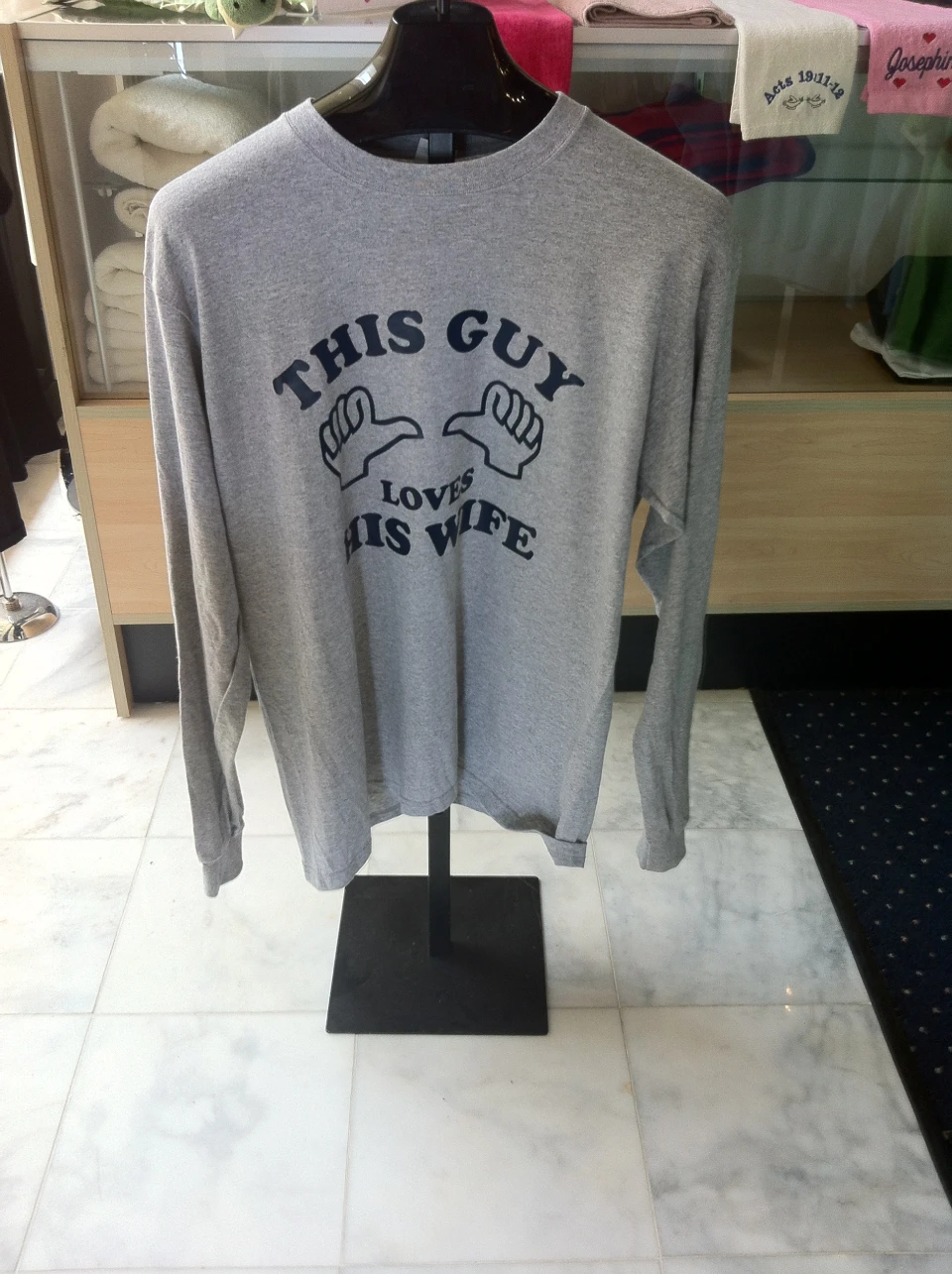Heat Transfer on T-Shirts and Aprons - Custom-made Layouts and Logos
Heat Transfer on T-Shirts and Aprons - Custom-made Layouts and Logos
Blog Article
The Art of Custom-made Needlework: Opening the Tricks to Creating Distinct and Unforgettable Styles
Needlework, a craft steeped in practice and artistry, holds within its detailed stitches the power to transform fabric into a canvas of one-of-a-kind expression. The secrets to creating personalized needlework styles that captivate the eye and leave a long lasting perception depend on a delicate balance of technique, creativity, and attention to detail. As we dig into the world of custom embroidery, we uncover the nuanced interaction in between thread option, stitch complexity, and style personalization that elevates a plain garment to a job of art. Join us on a trip with the art of personalized needlework as we untangle the secrets behind crafting genuinely memorable and unique creations.
Choosing the Right Needlework Threads
When choosing needlework threads, what essential factors should you consider to make certain the very best results for your custom-made layouts? The selection of embroidery thread is critical in determining the final outcome of your embroidered design. One of the key considerations is the material of the string. Various materials such as cotton, polyester, rayon, and silk provide differing degrees of shine, longevity, and structure. It is important to choose a thread product that complements the fabric you are embroidering on and aligns with the preferred appearance of the layout.
Thicker strings can add dimension and appearance to your design, while finer threads are optimal for intricate details and little message. Furthermore, taking into consideration the color fastness and washability of the string is important to ensure that your custom-made styles keep their top quality and vibrancy over time.
Exploring Different Stitch Methods
To look into the realm of 'Discovering Different Stitch Techniques', one should realize the ins and outs and nuances that each sewing approach brings to the art of needlework. Different stitch techniques not only add visual rate of interest yet likewise add to the overall structure and measurement of the style. One preferred stitch strategy is the satin stitch, which includes carefully packed parallel stitches to develop a smooth and glossy surface, suitable for filling out shapes and producing vibrant outlines.
On the other hand, the backstitch is a flexible technique usually utilized for describing and adding fine details. It entails stitching backwards to produce a strong line of embroidery. Additionally, the French knot stitch adds a tactile aspect to layouts, excellent for creating textured accents like flower centers or ornamental touches.
Exploring different stitch methods allows embroiderers to have fun with light, darkness, and deepness within their designs, elevating the aesthetic appeal and imaginative top quality of their needlework projects. By understanding numerous stitching methods, one can unlock countless opportunities for developing distinct and memorable custom embroidery items.
Incorporating Personalized Layout Components
Having discovered the ins and outs of different stitch techniques such as the satin stitch, backstitch, and French knot, the focus now changes in the direction of incorporating personalized layout aspects in custom needlework projects. Individualized style elements play an important function in making needlework jobs truly distinct and memorable. One means to include personalization is by including initials, names, or considerable dates to the layout. This not only includes an individualized touch however additionally boosts the nostalgic value of the needlework item.
One more method to include tailored style aspects is by consisting of icons or themes that hold special meaning to the recipient or reflect their rate of interests and individuality. For instance, including a favorite blossom, pet, or hobby-related symbol can make the embroidery design a lot more meaningful and individualized. Additionally, choosing shades that resonate with the recipient or line up with the designated style can additionally boost the personalization of the needlework project.
Mastering the Art of Color Sychronisation

One secret facet of color control is understanding color theory. This consists of recognizing how different colors connect with each various other, the emotions they share, and how they can be incorporated to develop aesthetically attractive layouts. By applying color theory principles, embroiderers can create harmonious color combinations that improve the total look of the design.
In addition, taking notice of comparison is essential in color coordination. Making use of contrasting colors can help certain components of the design pop, enhance legibility, and produce a visually dynamic embroidery piece. By understanding the art of color coordination, embroiderers can raise their styles and produce remarkable items that reverberate with clients and customers alike.
Enhancing Appearance With Advanced Needlework Stitches
French knots, for instance, are ideal for including little, increased dots to your design, imitating the look of beads or developing a distinctive surface. Bullion knots, on the other hand, can be made use of to develop twisted, ropelike elements that add a lavish feel to the needlework. Seed stitching includes tiny, scattered stitches that can load in areas with a polychromatic texture, while turkey job produces cosy, dimensional accents similar to pet fur or vegetation. Experimenting with these innovative needlework stitches enables you to press the limits of typical needlework and create absolutely one-of-a-kind and visually enticing textures in your designs.
Final Thought
Finally, More Info the art of customized embroidery entails a combination of selecting the right strings, discovering various stitch techniques, integrating individualized style elements, understanding visit the website color control, and enhancing structure with advanced stitches. By comprehending and implementing these crucial elements, embroiderers can create distinct and remarkable styles that display their creativity and ability. Embroidery lovers can open the secrets to developing stunning and custom pieces that stick out and leave a lasting perception.
Report this page